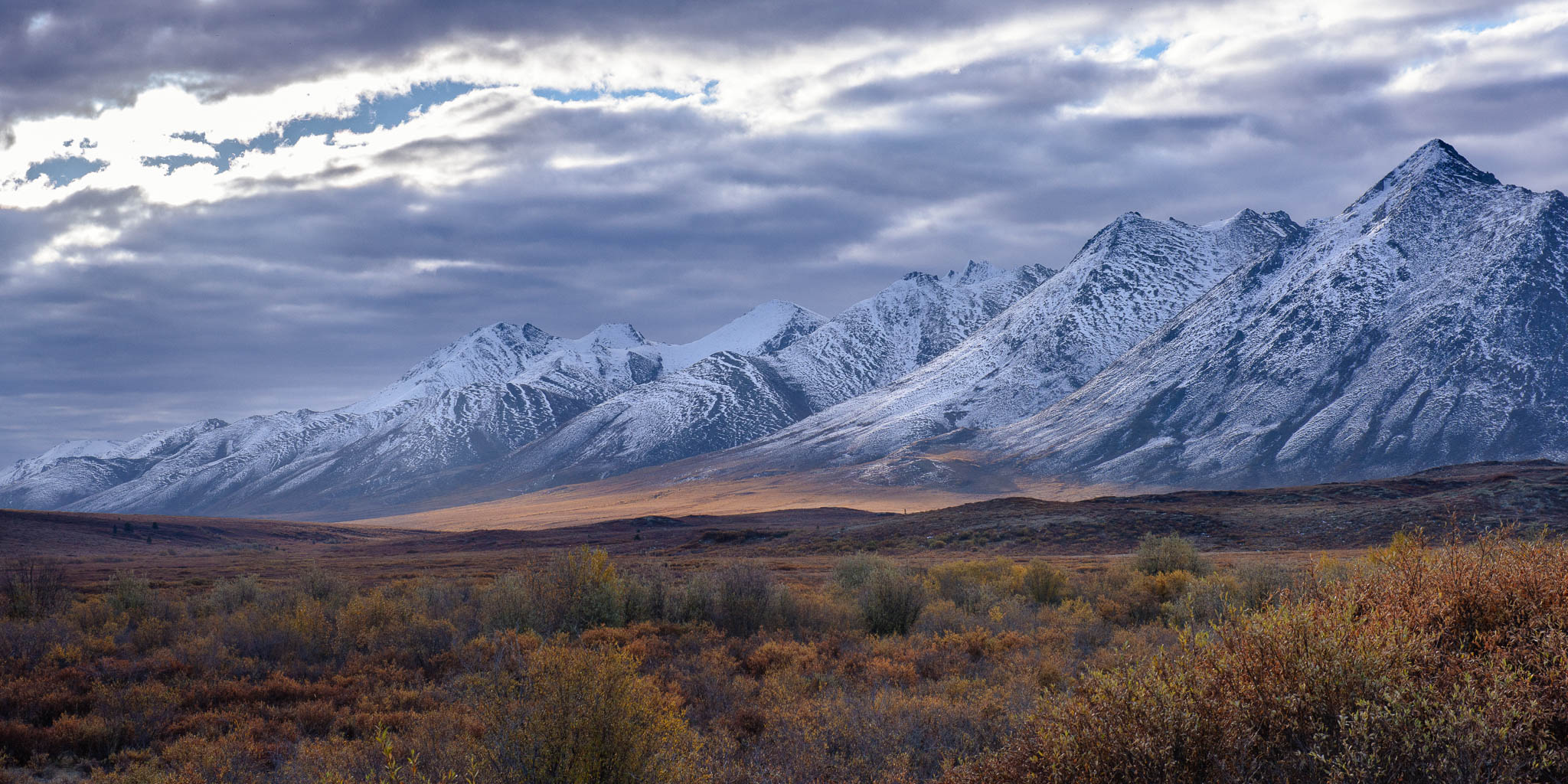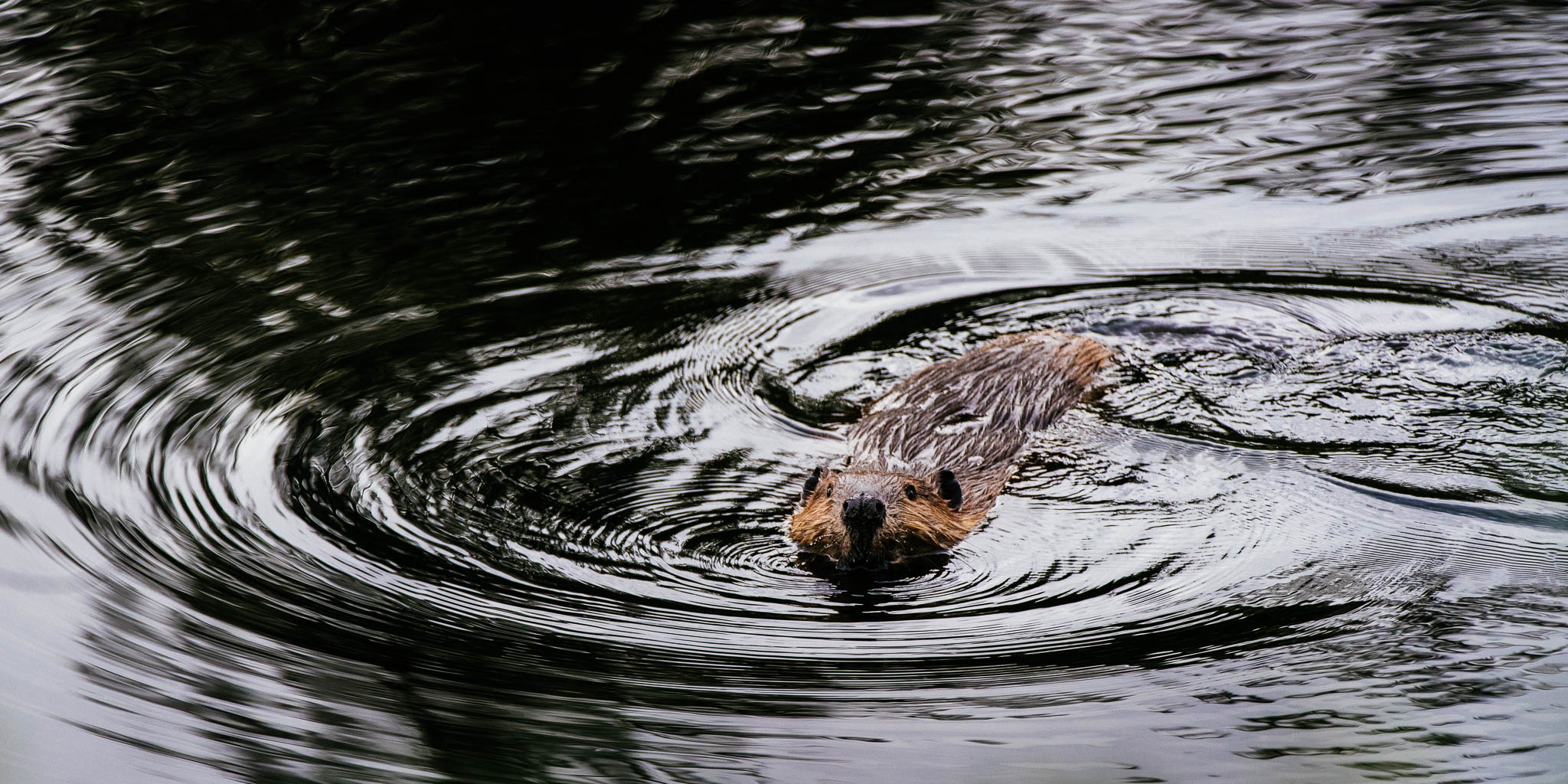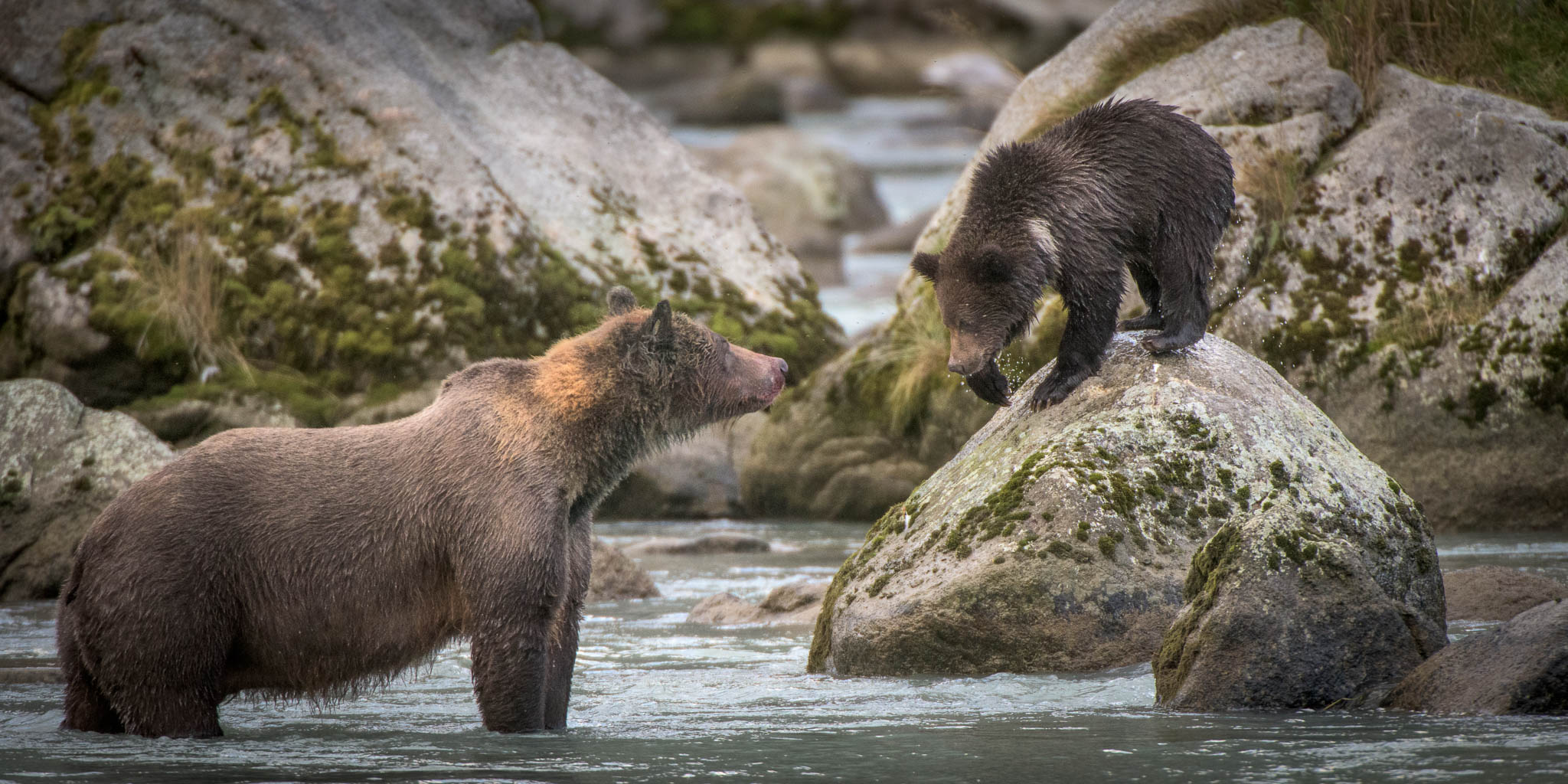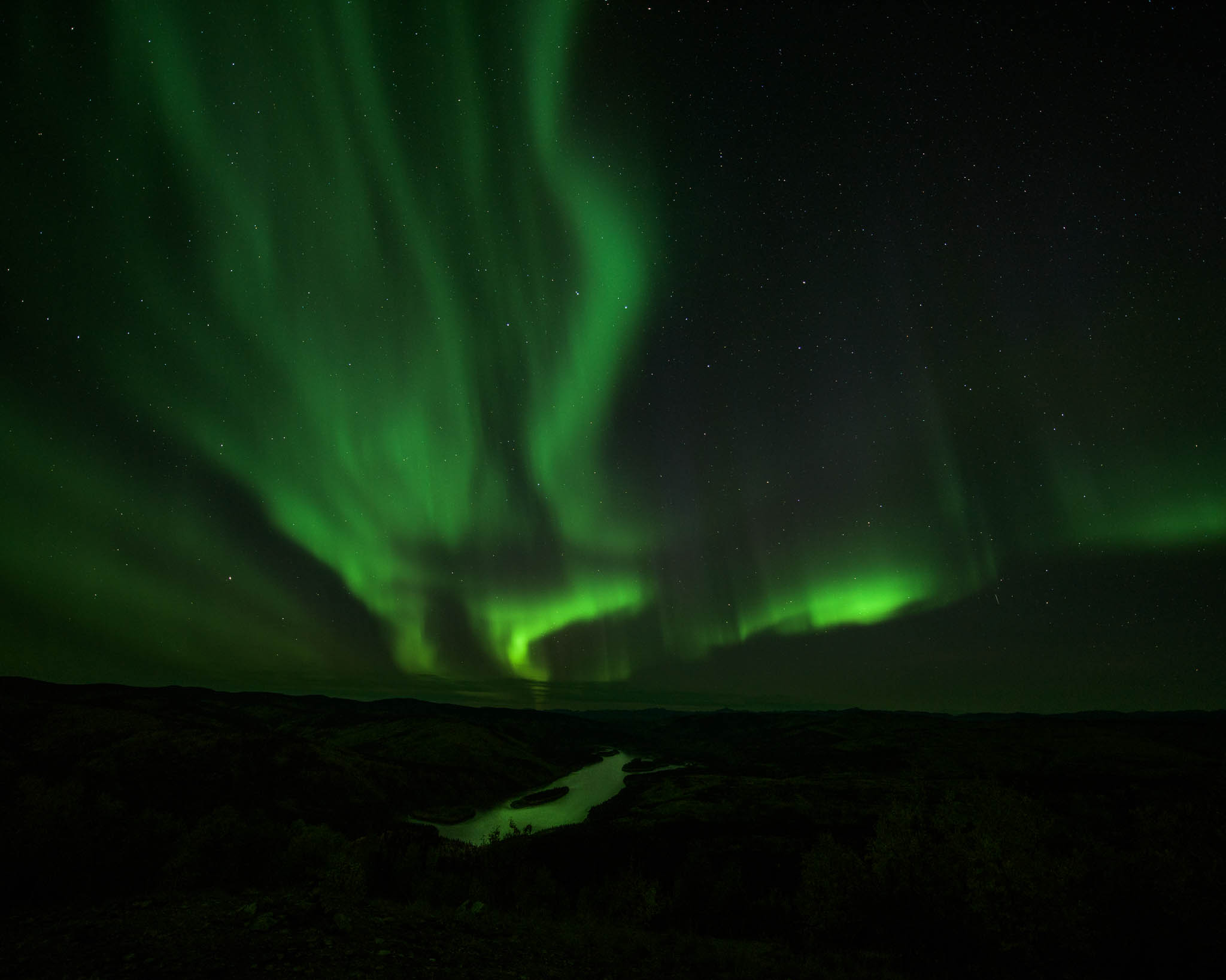
Hunting for Bear and Light
My assistant, Bob, and I were cleaning up some old files when I found this blog that I meant to post, but somehow forgot about. I had just returned last year from Canada’s Yukon Territory, so I thought I would share it now for two reasons.
First, for any of you who are thinking of getting up there anytime soon. Second, if any of you would like to photograph in one of the most pristine areas on Earth, I just happen to have one opening in my very limited Yukon Photo Adventure slated for August 27-September 5. I only take three passionate photographers for this intense, action-packed adventure.
A Matter of Flexibility
My high expectations for last year’s trip rammed head-on with the realities of weather in the far north. A sudden Fall weather event had temperatures plummeting and forecasts of 10" (25cm) of snow. So my planned drive to Inuvik (with a flight to Tuktoyaktuk and the Arctic Ocean) had to be aborted just as I reached the Arctic Circle.
The Yukon, fortunately, is full of spectacular photo choices so I was nonplussed. Flexibility rules! I simply reset my itinerary and decided to go ‘hunting’ for bear, grizzlies in particular, and with camera rather than gun (I learned my lesson from Cecil the Lion and the dentist). I backtracked to the capital city of Whitehorse (7 hours), passing all manner of wildlife along the way and stopping for this beaver who swam up to check me out.

From Whitehorse I drove to Haines, Alaska, a 4-hour journey through the eye-candy scenery of Yukon’s indescribably beautiful Kluane National Park.
The grizzlies congregate on the Chilkoot River in Haines when the salmon run. I arrived nearly at peak time of the salmon migration, but I was disappointed that there were only a few bears present that day. But the next day a sow and two cubs came lumbering to the river and I was able to digitally catch them.

The key to wildlife photography, of course, is a fast shutter speed. Bears are constantly moving, so for sharp images I like to have a shutter speed of 1/500 at a minimum or 1/1,000 if I am hand-holding, and no filters on my lens that would cut down the light.
Dawson City or Bust
I then drove like a madman from Haines, back through Whitehorse and on to one of my favorite national parks, Tombstone Park high up in the north along the infamous Dempster Highway. The Dempster as locals call it, is a dirt road lifeline for Canada’s northernmost people.
At Tombstone I got a nice image of sun breaking through clouds and hitting a clump of trees in Tombstone Valley, which I shared with my blog readers at the time. I shot it on my Nikon D810 with a 24-70mm Nikkor lens set at 29mm. Details are ISO 100, f11 at 1/100 sec with a -2/3 EV to allow the lit-up trees to really shine.
I then backtracked to Dawson City, one of my very favorite places to be. With a year-round population of around 1,000, Dawson was made famous for it’s Klondike Gold Rush of 1897-99. The population swelled from a couple of hundred to 98,000 people all frantic for that sparkling gold elixir.
That night I looked at the sky, as I always do in Dawson, and saw the beginnings of some twinkling on the horizon. I dressed warmly, grabbed my photo gear and raced out the door. Fifteen minutes later I was atop Dome Mountain, shooting a spectacular Northern Lights display. If you’ve ever seen a proper Northern Lights display, you know how humbling, even spiritual, it is. And this one was a grand-daddy display.

Yukon River lit up by the Northern Lights
A group of tourists from Japan stood near me, oohing and aahing with every pulse of the lights. Streaks, curtains and flares lit up the night. Then, as suddenly as it started, it was over. I left at 3:00 AM, tired, but feeling very full, like I had eaten a gourmet meal.
If you are a landscape or wildlife photographer the Yukon should be high on your bucket list. Yukon is 20% larger than California, but has only 34,000 people compared with California’s 35 million. Now add to that stat the fact that there are more than 20,000 bear, 50,000 moose, 350,000 caribou and landscapes that can bring you to tears, and you understand why Yukon Territory is a place like no other for photographers.